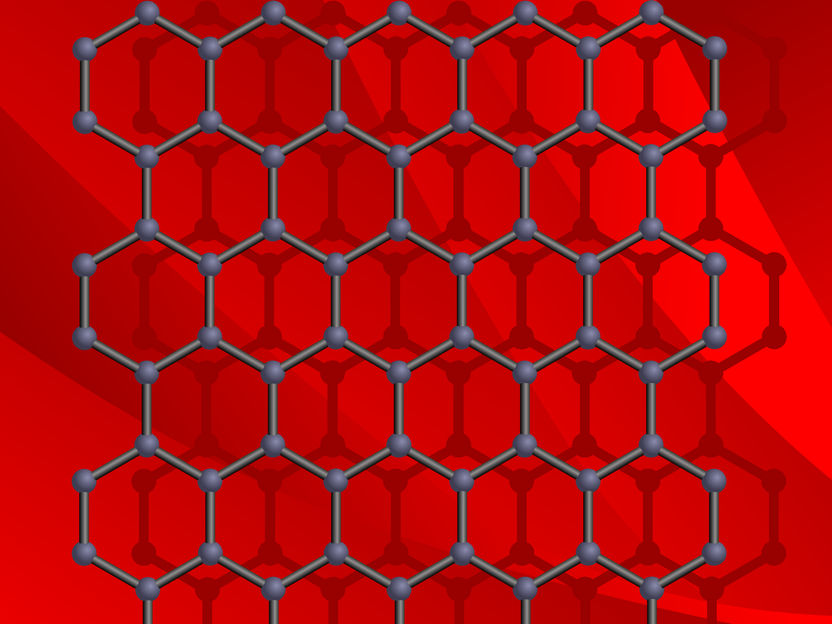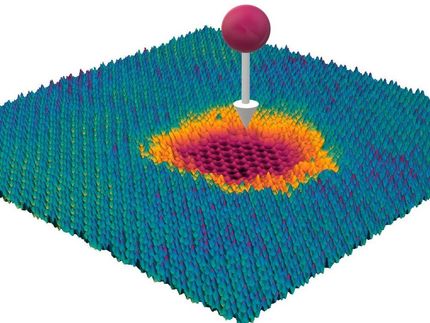Graphene - a material of the future: BAM develops standards for industrial applications
Project ISO-G-SCoPe
In a new EU project, the Federal Institute for Materials Research and Testing (BAM) wants to develop measurement methods which determine the composition of graphene more reliably. Within the framework of the ISO-G-SCoPe project, these methods are to be standardized in order to transfer graphene more quickly into industrial applications.

Pixabay
Graphene is considered the nanomaterial of the future: it is the thinnest two-dimensional material in the world, is stronger than steel, conducts electricity and heat well, can be easily chemically modified and has unique optical properties. Because of these qualities, graphene could be used in many industries - from batteries for electric cars, to microchips and solar cells, to fighting viruses in medical technology.
However, commercial use of graphene has been difficult so far because there are no standardized methods that reliably determine the structure and composition of the nanomaterial and its derivatives. Companies can therefore not be sure whether their products really meet the desired requirements. In the ISO-G-SCoPe project, BAM is working together with European partners from industry and science to develop a method for the reliable chemical characterisation of graphene and graphene oxide. BAM can draw on its many years of experience in the field of chemical analysis of nanomaterials using surface-sensitive methods and electron microscopy.
As part of the project, new methods are being developed for the precise measurement of the lateral and vertical size of graphene and graphene oxide flakes. This involves determining how many layers are present and what the flake size distribution is in different batches. Chemical analysis will determine the amount of oxygen present in graphene oxide and the material will be examined for impurities and functionalisation. In addition, two VAMAS (Versailles Project on Advanced Materials and Standards) round robin tests are being initiated under the direction of BAM in order to validate the processes in a worldwide test and develop them into standards.
"If we can establish standardised characterisation procedures for graphene, we will support industry in moving innovations more quickly from the laboratory to large-scale production," says Dr. Jörg Radnik, head of the project at BAM. "And we create confidence in the quality and safety of the material."
Note: This article has been translated using a computer system without human intervention. LUMITOS offers these automatic translations to present a wider range of current news. Since this article has been translated with automatic translation, it is possible that it contains errors in vocabulary, syntax or grammar. The original article in German can be found here.
Other news from the department science

Get the chemical industry in your inbox
By submitting this form you agree that LUMITOS AG will send you the newsletter(s) selected above by email. Your data will not be passed on to third parties. Your data will be stored and processed in accordance with our data protection regulations. LUMITOS may contact you by email for the purpose of advertising or market and opinion surveys. You can revoke your consent at any time without giving reasons to LUMITOS AG, Ernst-Augustin-Str. 2, 12489 Berlin, Germany or by e-mail at revoke@lumitos.com with effect for the future. In addition, each email contains a link to unsubscribe from the corresponding newsletter.



























































